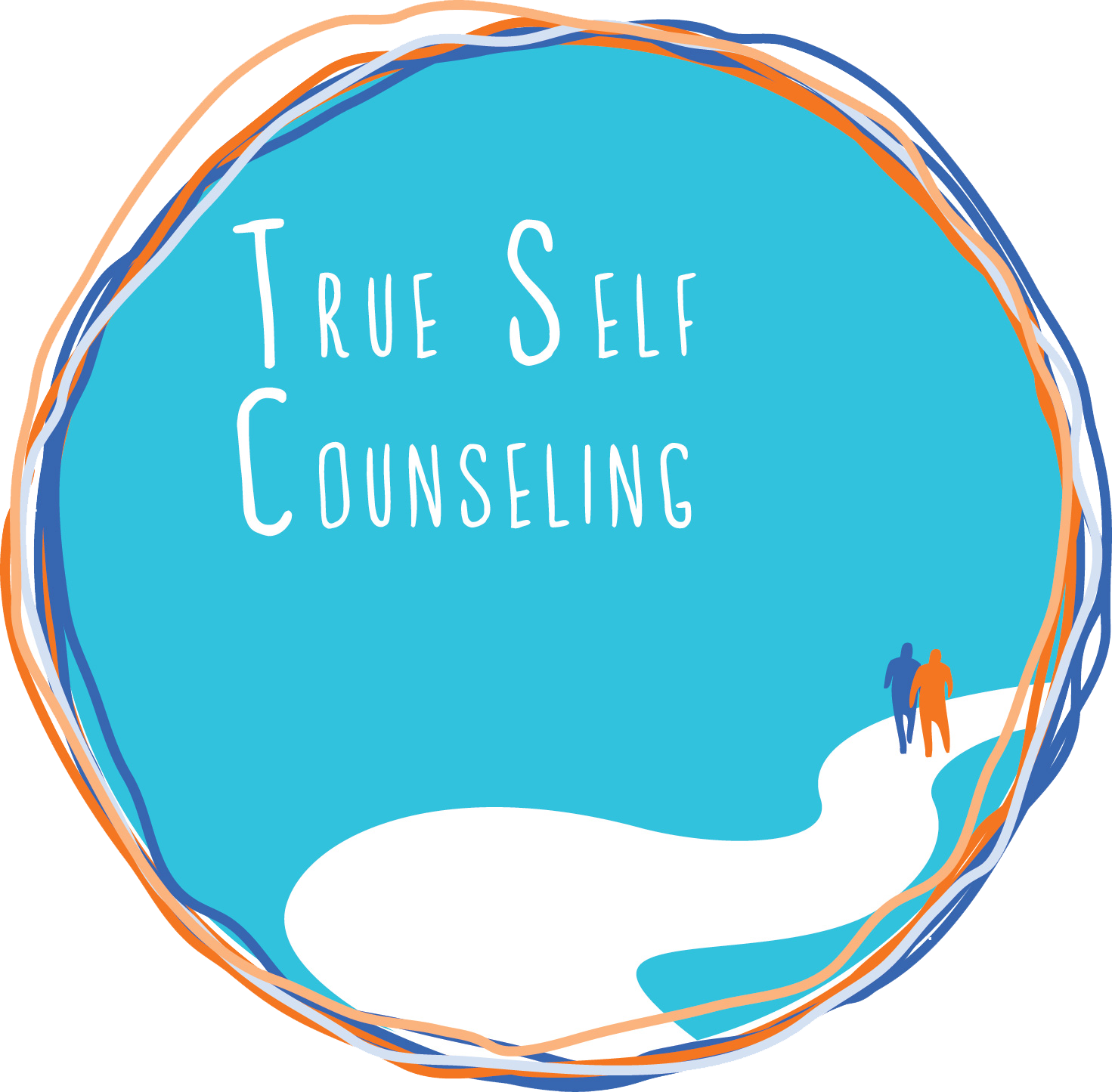
by Molly Pierce | Mar 5, 2013 | Depression, Self Image
Many people are unaware of the fact that once an adolescent girl hits puberty, her risk of depression is double that of her male classmates (Gary Ginter). This is important information to know, so parents, teachers, school counselors and youth leaders can be on the lookout for some of the tell-tale signs of depression. These symptoms include frequent sadness or crying, feelings of worthlessness & hopelessness, low self-esteem, fatigue, apathy, changes in appetite, loss of pleasure in life, and difficulty concentrating. For adolescents in particular, some additional signs to look out for include: a sudden drop in grades, uncharacteristic irritability, and moodiness. Depressed teenage girls commonly act out with self-harm, including cutting or burning their skin. Additionally, depressed young people are twice as likely to have a substance abuse problem than other adolescents (James Matta). Therefore, if a problem abusing substances exists, it is imperative to also check for signs of depression.
The unfortunate truth is that only about 40 percent of adolescents needing treatment get adequate care, often because the problem is not spotted (Dr. Graham Emslie). Perhaps this is because we assume, as a society, that it’s normal for a teenage girl to become moody and display frequent sadness once they go through the hormonal changes associated with puberty. However, it is crucial to identify the severity of these behaviors, and to assess for the other symptoms of depression as well. Interpersonal problems, such as difficulties or changes in peer relationships – – and how these changes are handled – – can become a trigger for depression among teenage girls.
Early identification of these problems is critical; the earlier these symptoms are identified, the greater chance of successful treatment and quick improvement. For adolescents with mild to moderate levels of depression, psychotherapy or talk therapy is most useful (Matta). If identified early, teens are likely to show improvement within four to six weeks of consistent counseling treatment. Research supports the recommendation that psychotherapy intervention should be considered the first-line treatment. (For more severe cases, the addition of an anti-depressant may be a consideration after several weeks of therapy without any improvement).
The good news is that with early identification and proper treatment, the recovery rate of adolescent depression is over 90 percent over one to two years from the onset of the depressive disorder (Matta). There simply needs to be an awareness of the additional risk of depression among teenage girls in order to watch for the symptoms in ensure they receive timely and appropriate treatment.

by Caleb | Dec 26, 2012 | Anxiety Related
Everybody deals with stress and anxiety at different points in their life. It’s normal to feel anxious or nervous before taking an exam, having a performance review at work, or when faced with a difficult decision. But when worry and fear consume your life or cause so much distress that it interferes with normal functioning, it begins to become a problem. More than 40 million American adults struggle with some form of an anxiety disorder, which is about 18% of the population in a given year.
There are many different types of anxiety disorders, including panic disorder, obsessive-compulsive disorder, post-traumatic stress disorder, social anxiety, phobias, and generalized anxiety.
Panic Disorder consists of sudden attacks of fear or nervousness, which are accompanied by physical symptoms, such as sweating and a racing heart. Most people with panic disorder develop a constant fear of having another panic attack, which impacts daily functioning and quality of life.
Obsessive-Compulsive Disorder consists of recurring and distressing thoughts, fears, or images (obsessions) which create anxiety, causing the person to perform certain rituals or routines (compulsions) in an attempt to make the obsessive thoughts go away. People with OCD often realize that their obsession-compulsion cycle is irrational, but they can’t seem to control it.
Post-Traumatic Stress Disorder develops after a person has witnessed or experienced a traumatic event in which harm occurred or was threatened. It causes intense feelings of fear, helplessness, shock, anger, nervousness, horror, and sometimes guilt. For people with PTSD, these feelings last for more than one month and cannot return to normal functioning as it was prior to the traumatic event.
Social Anxiety (also known as social phobia) is an intense, irrational, and persistent fear of being negatively evaluated by other people. Some people are just shy, but those with social anxiety can become completely overwhelmed in the context of a simple social situation. People with social phobia tend to be sensitive to criticism, have difficulty being assertive, and suffer from low self-esteem.
Phobia Disorder involves a persistent, excessive fear of a specific situation or object. Phobias are one of the most common types of anxiety disorder. The difference between a fear and a phobia is that people with a phobia are actually physically and/or psychologically impaired by it.
Generalized Anxiety is characterized by excessive worry about everyday life events – such as health, money, family, work, or school – with no obvious reason for it. People with generalized anxiety can’t seem to stop worrying and they live in a near constant state of worry, fear, or dread.
For people suffering from anxiety disorders, worry and fear are constant, overwhelming, and sometimes crippling. At True Self Counseling, we teach relaxation exercises and coping techniques so that you can effectively manage the stress in your life, rather than let it consume you. The choice is yours: you can let your anxiety control you, or you can take control of it.


